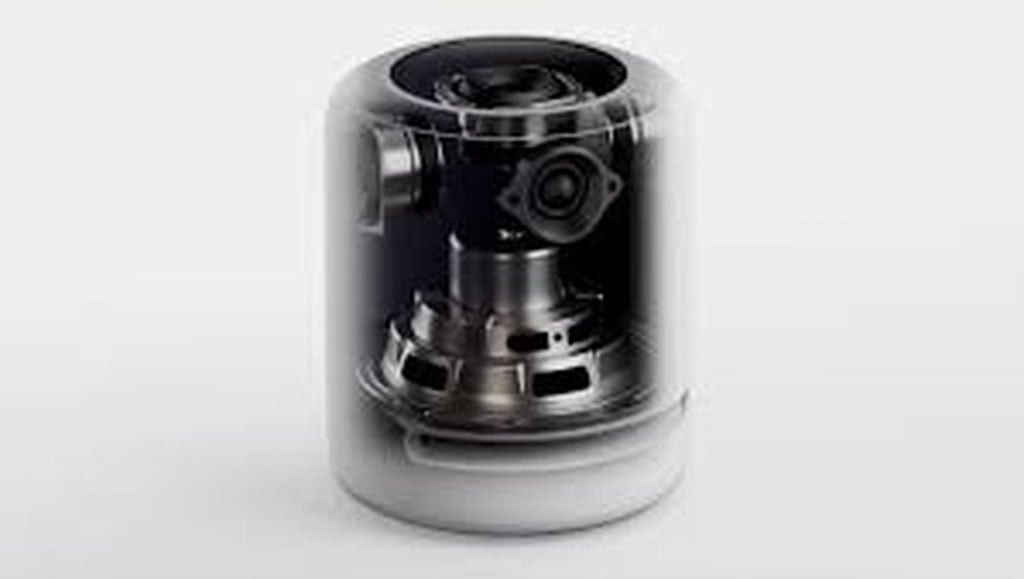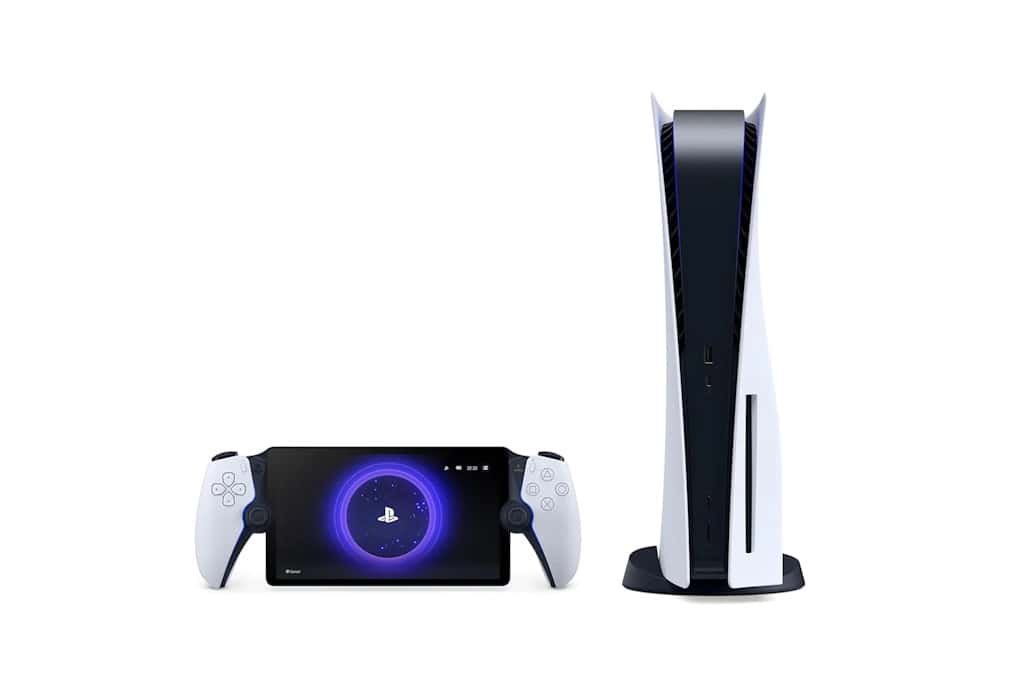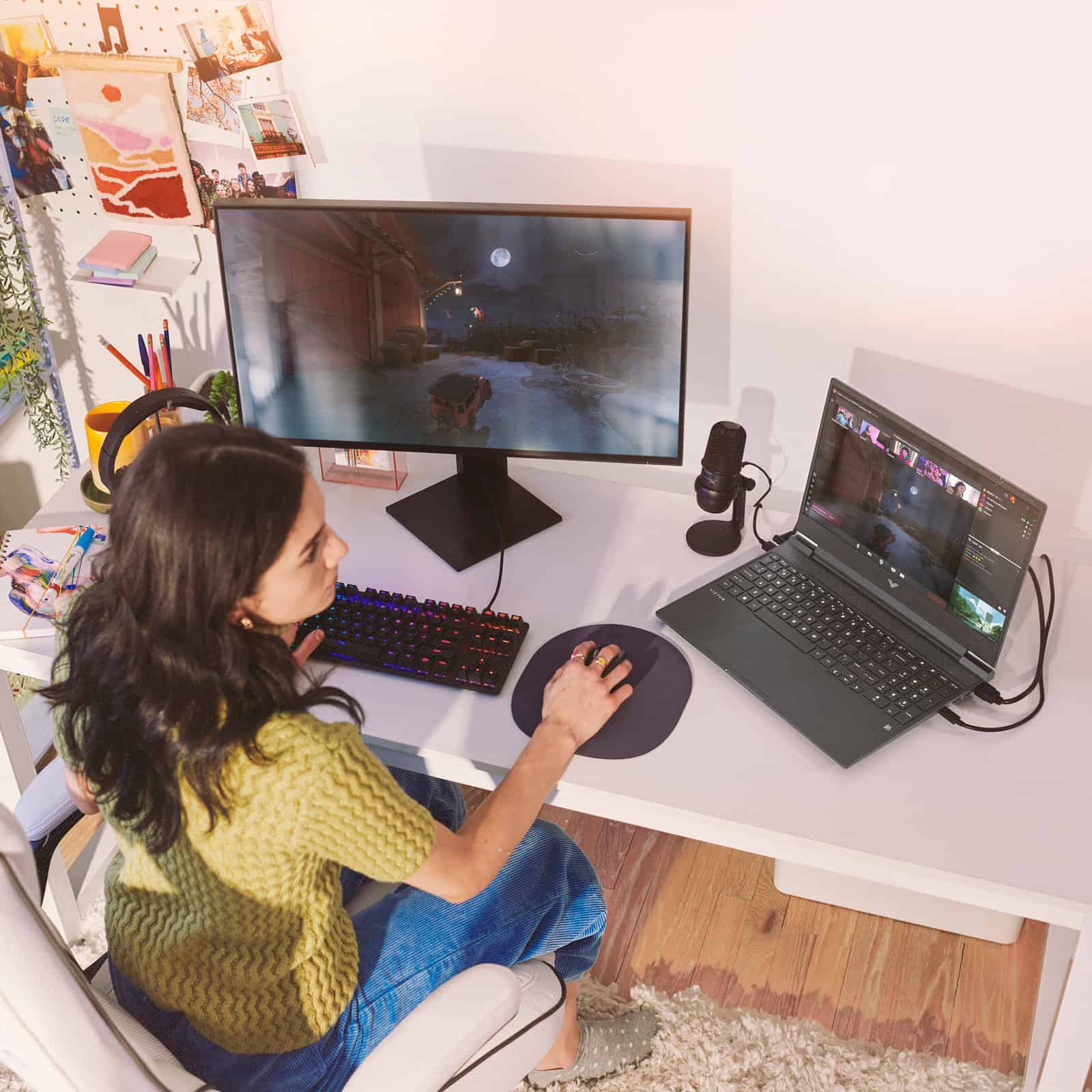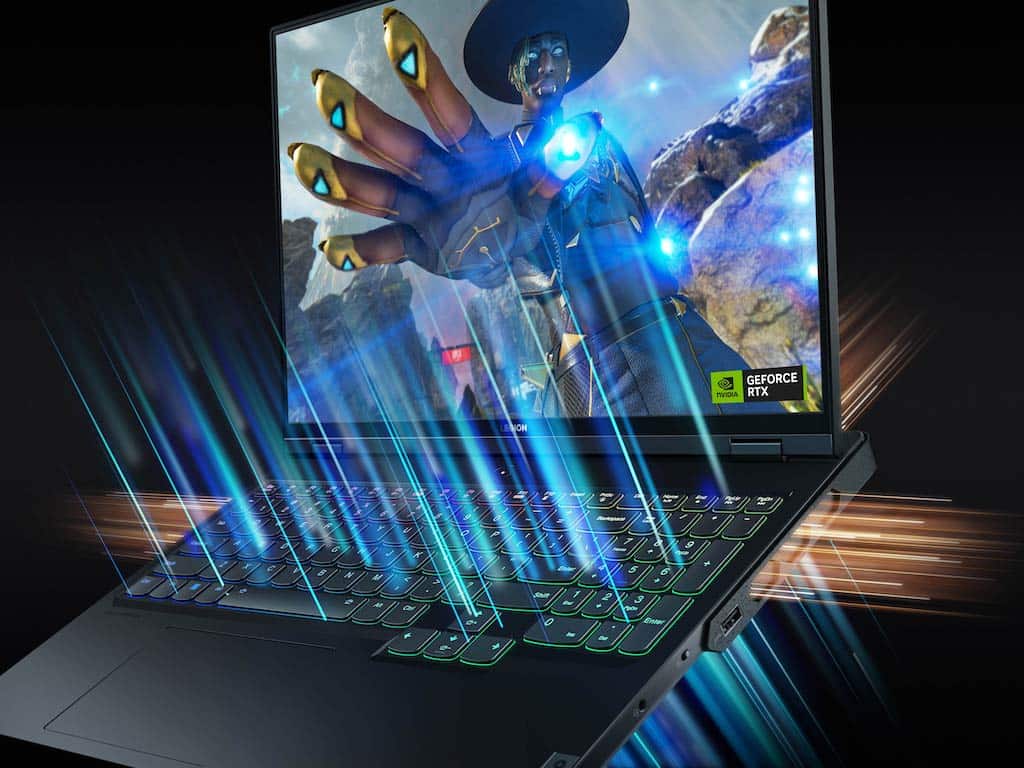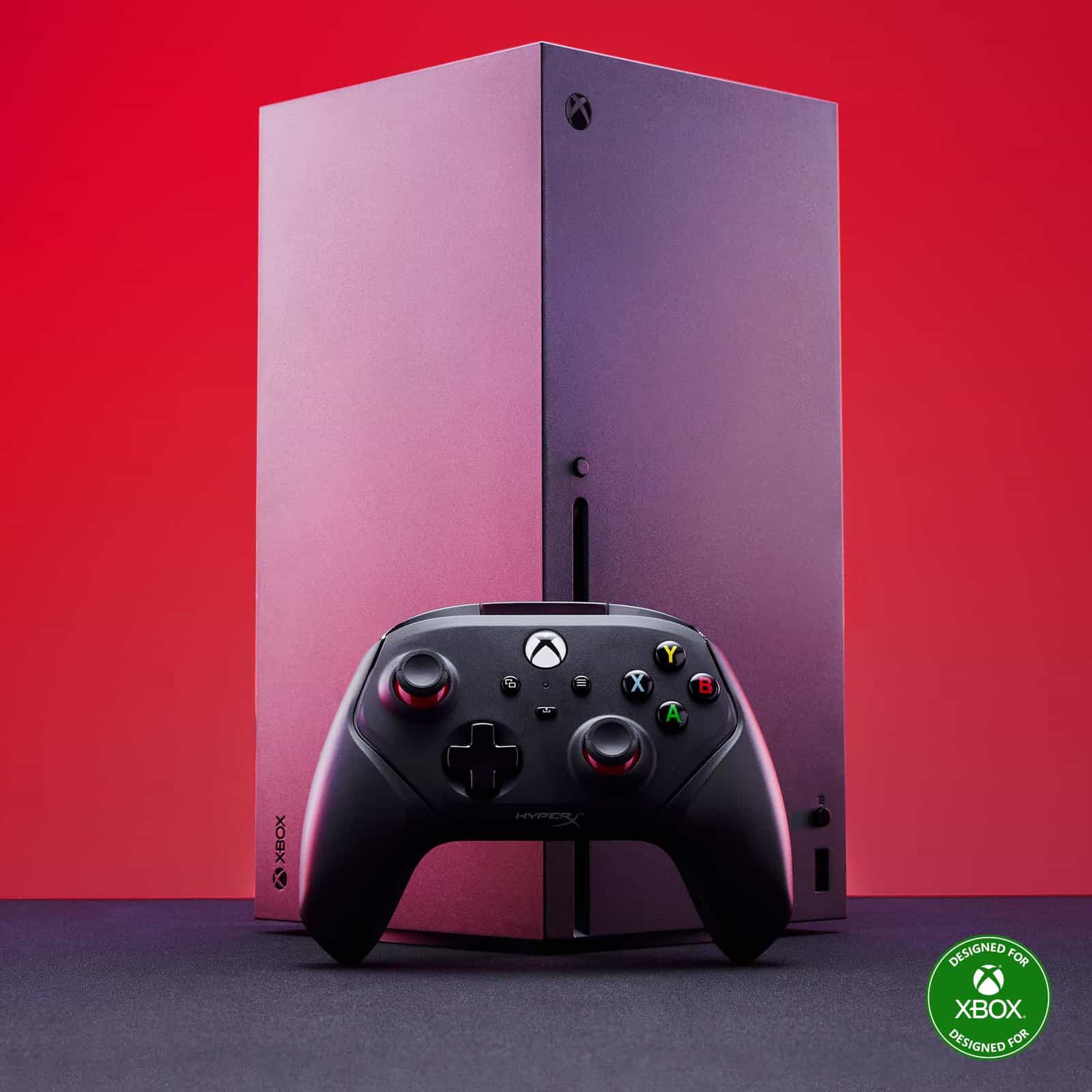Summary
Meta Quest 2 VR Headset REVIEW
PAT PILCHER gets intimate with the new Meta VR headset and discovers that they’ve done it just right second time around.
From $799
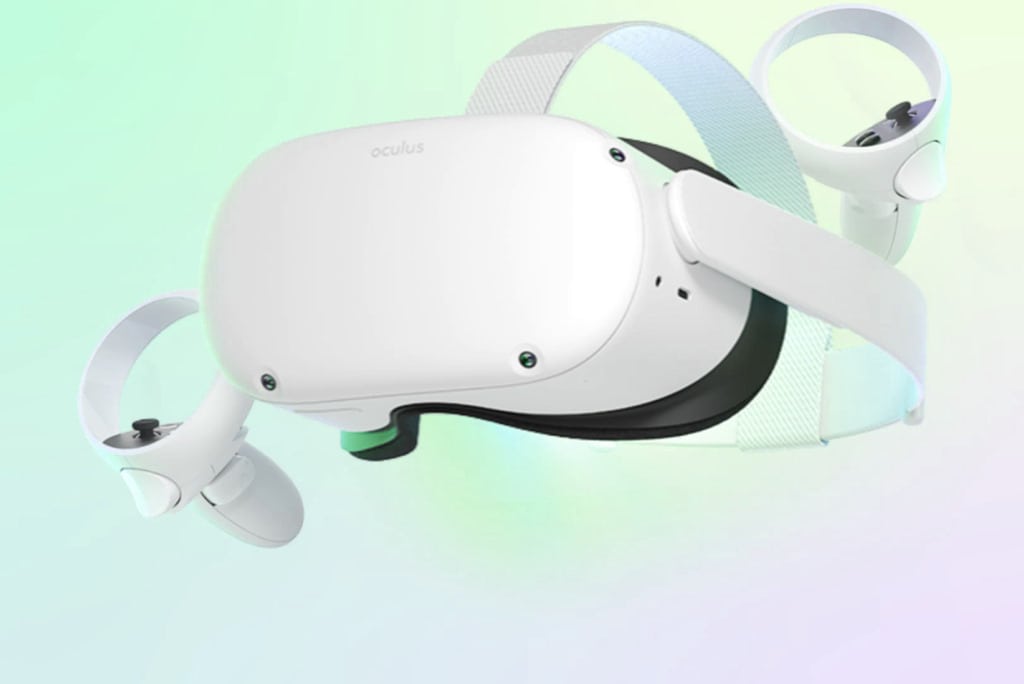 VR has had many false starts over recent years, but Meta (also known as Facebook) is finally getting to grips with what is needed to make virtual reality compelling. A case in point is their Meta Quest 2 VR headset.
VR has had many false starts over recent years, but Meta (also known as Facebook) is finally getting to grips with what is needed to make virtual reality compelling. A case in point is their Meta Quest 2 VR headset.
It follows hot on the heels of the Quest Go, packing more powerful silicon, a better display, and crucially, a more comfortable design for extended use. Looks-wise the Quest 2 is finished in smooth white with a replaceable black seal around its edges. It looks like a high-tech scuba mask, except its faceplate is opaque, with four position-tracking cameras on its corners.
The Quest is a marvel of compact and well-executed design. It isn’t too heavy and can be worn without discomfort. Getting the three-point elastic headband adjusted correctly plays a crucial role in your comfort level.
Would you like to support our mission to bring intelligence, insight and great writing to entertainment journalism? Help to pay for the coffee that keeps our brains working and fingers typing just for you. Witchdoctor, entertainment for grownups. Riveting writing on music, tech, hi-fi, music, film, TV and other cool stuff. Your one-off (or monthly) $5 or $10 donation will support Witchdoctor.co.nz. and help us keep producing quality content. It’s really easy to donate, just click the ‘Become a supporter’ button below.
Speaking of the headband, its plastic arms also house speakers. These cleverly allow you to hear your virtual environment while also allowing you to hear real-world sounds. While the headband is easy to adjust, there needs to be a better fit, and because of this, there’s a booming third-party market in headbands.
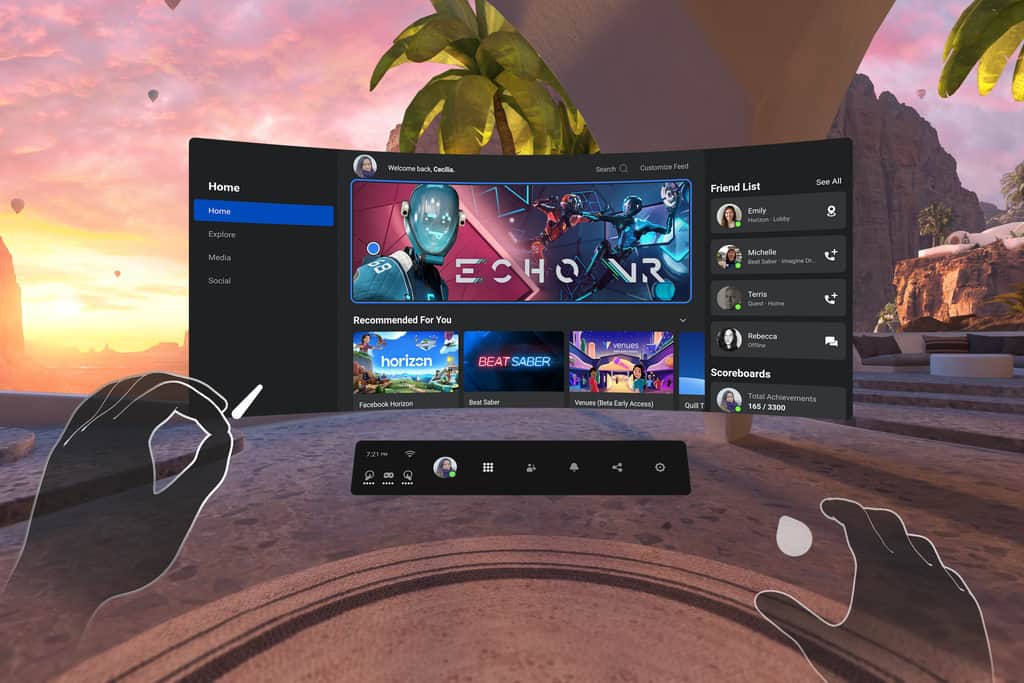 Its controls are minimalist. On the left is a USB-C port and a 3.5mm headphone jack, and on the right is a power button with a volume rocker hidden underneath the headset. The seal does a reasonable job of keeping daylight out, which adds to the level of immersion, and the lenses can be spread apart or closer together for image adjustment. There is also an insert that makes room for glasses (I’d recommend using contact lenses if possible, as wearing glasses and the Quest could be more comfortable).
Its controls are minimalist. On the left is a USB-C port and a 3.5mm headphone jack, and on the right is a power button with a volume rocker hidden underneath the headset. The seal does a reasonable job of keeping daylight out, which adds to the level of immersion, and the lenses can be spread apart or closer together for image adjustment. There is also an insert that makes room for glasses (I’d recommend using contact lenses if possible, as wearing glasses and the Quest could be more comfortable).
The Quest comes with two motion controllers. They’re futuristic-looking doodahs with curved rings on top that enable hand tracking via the headset’s cameras. They also sport two triggers that fit naturally under your fingers. There’s also an analogue stick, buttons and wrist straps, so you don’t accidentally throw the controllers across the room during a particularly energetic VR session.
With many Quest apps, you can also use your hands, thanks to the Quest 2’s support for hand tracking. This involves its cameras tracking the precise position of your hands and fingers. Pinching your thumb and forefinger is the VR equivalent of a mouse click, and pinching and holding are like a click and drag. It all feels very magic-like.
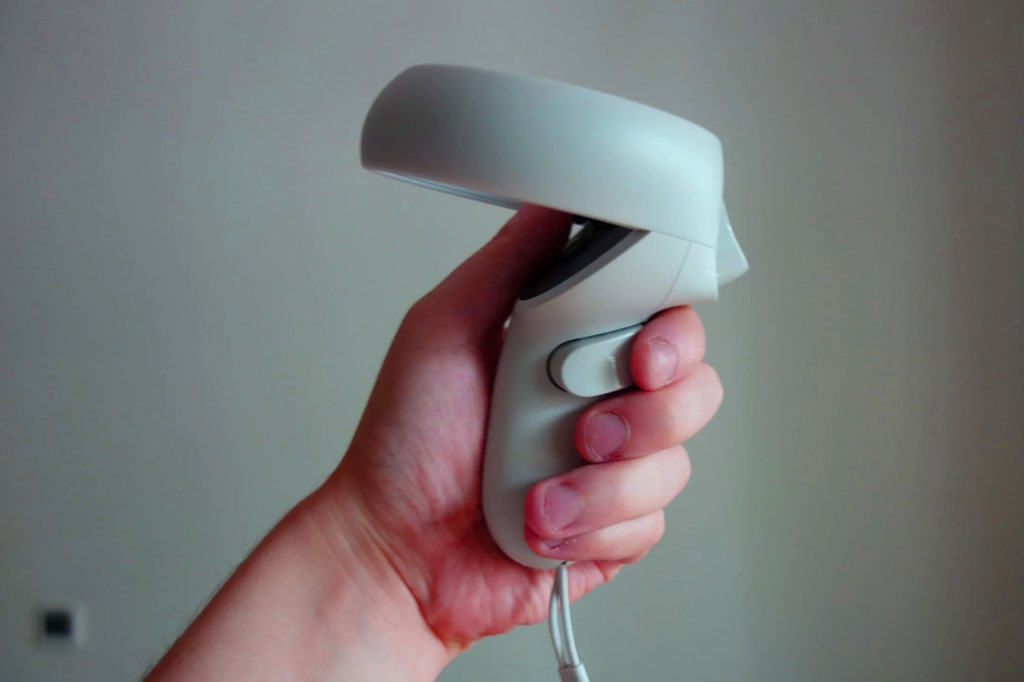 The Quest 2 uses an intuitive menu system. A comprehensive start-up tutorial video steps you through how to use the interface and headset when you first power it up. When used with hand tracking or controllers, the learning curve is gentle and intuitive so that anyone can pick up and start using the Quest in no time at all.
The Quest 2 uses an intuitive menu system. A comprehensive start-up tutorial video steps you through how to use the interface and headset when you first power it up. When used with hand tracking or controllers, the learning curve is gentle and intuitive so that anyone can pick up and start using the Quest in no time at all.
While there are a lot of different competing VR headsets on the market, the big selling point of the Quest is its massive ecosystem. With it, you can access several metric shit-tonnes of VR games, apps and experiences. You can search for and install apps and games using the headset or the Meta app on your smartphone.
As well as the well-stocked Quest store, you can tether the headset to a compatible PC/Mac using an optional 5m USB link cable. This gives you access to the Steam VR store. In short, you are unlikely to be wanting when it comes to VR apps with the Quest.
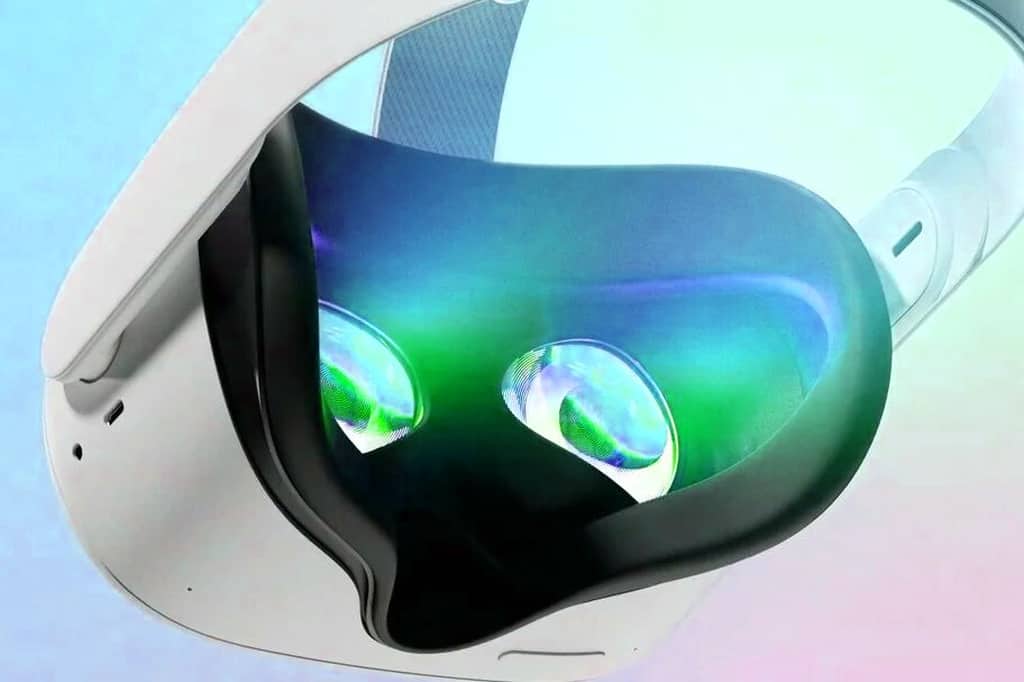 Tethering the Quest to a PC gives you more advanced graphics (Half-Life: Alyx, for instance, which utterly rocks!). This also means the Quest’s battery life (two hours) can be extended. Using external power from a PC (or, for that matter, a battery pack) makes a huge difference.
Tethering the Quest to a PC gives you more advanced graphics (Half-Life: Alyx, for instance, which utterly rocks!). This also means the Quest’s battery life (two hours) can be extended. Using external power from a PC (or, for that matter, a battery pack) makes a huge difference.
Under the Quest’s hood sits a Snapdragon XR2 processor. It provides a significant boost over the original Quest, with things further helped along thanks to an additional 2GB of RAM (the Quest 2 has 6GB of RAM). While a faster CPU and more RAM are great, no Micro SD card slot limits standalone, network-free media playback. On the storage front, 128GB is standard, and for a small bump in the purchase price, you can get a Quest with 256GB of storage.
The star of the show is the updated displays. They deliver 1,920-by-1,832 pixels to each eye at a 120Hz refresh rate. The upshot is that video looks crisp. While I could discern pixels (I had to look very closely), the VR experience felt crisp. It drew me into the virtual 3D environment.
This was also helped along by head tracking, which is super smooth. It really added to my overall sense of immersion. A particularly nice feature I liked with the Quest 2 uses as its Guardian system, with which you draw a boundary around the space you want to use the headset. It’ll warn you if you go near any boundaries. This handily means you won’t bump into or fall over something as walking, ducking and diving are all a part of gameplay.
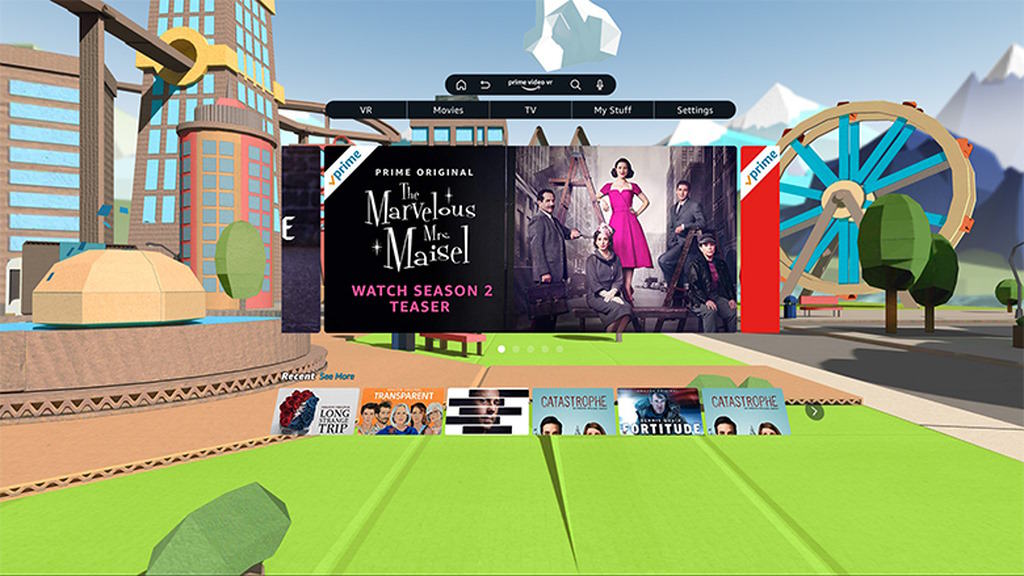 Head tracking was accurate and responsive. This is due to the combination of the Quest’s cameras and other sensors, such as an in-built gyroscope. The cameras also cater for mixed-reality applications such as virtual home design and Rubik’s cube solvers. The coolest was a combat app that transformed my home into a battlefield as virtual baddies hid behind doors, darting out as I engaged them in a full-on shoot-out. Gaming with the Quest is different to your typical console title. Because movement is such a big part of VR games, working up a sweat and burning off calories is part of the course. Unsurprisingly, fitness and workout titles are surprisingly popular on the Quest app store.
Head tracking was accurate and responsive. This is due to the combination of the Quest’s cameras and other sensors, such as an in-built gyroscope. The cameras also cater for mixed-reality applications such as virtual home design and Rubik’s cube solvers. The coolest was a combat app that transformed my home into a battlefield as virtual baddies hid behind doors, darting out as I engaged them in a full-on shoot-out. Gaming with the Quest is different to your typical console title. Because movement is such a big part of VR games, working up a sweat and burning off calories is part of the course. Unsurprisingly, fitness and workout titles are surprisingly popular on the Quest app store.
Games aside, I also used the wireless PC link app to pair the Quest 2 to my laptop as a virtual monitor. Apps like Amazon Prime Video, YouTube and Meta Quest TV were a great way to chill out. While media players like Kodi can be sideloaded, a lack of expandable storage holds them back. This is a real shame as it’d totally transform long-haul air travel by making a cramped economy-class seat feel like a roomy cinema or lounge.
All told, the Quest 2 goes a long way to making good on the original promise of VR. Its standalone nature and simple interface make it both highly portable and dead simple. Even though battery life could be improved and expandible storage would help, Meta has clearly got a winner on their hands with the Quest 2.




